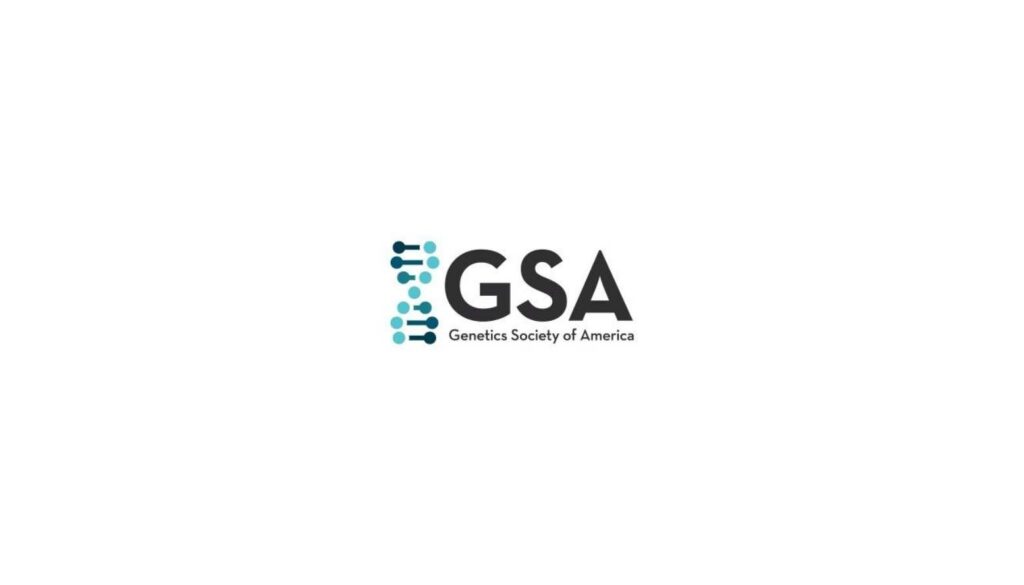The Genetics Society of America

“Part of our responsibility to the community includes helping authors to extend the short- and long-term reach of their research.”
Tracey depellegrin, executive editor
Key Facts
- GSA publish 2 journals: Genetics, and the open access G3: Genes|Genomes|Genetics
- To date, Altmetric have tracked over 14,000 mentions of articles published in GSA’s journals
- Including over 900 blogs, 800 Wikipedia references and ~500 mentions in the mainstream media
About the society
Alongside a busy conference and outreach program, the GSA has 5,000 members from all areas of genetics and genomics and they publish two journals – Genetics, and the open access G3: Genes|Genomes|Genetics.
The editorial teams of the journals are committed to the goals of the society; to further the field of genetics research and to encourage communication amongst geneticists worldwide. The content they publish is high quality and the society aims to position themselves as the voice of their members to policy makers.
We spoke to Tracey DePellegrin, Executive Editor of the Genetics Society of America journals about their motivations and experience so far of integrating Altmetric badges across their journals.
Challenges and motivations
With a society founded in 1931, and Genetics first published in 1916, Tracey says that one of the challenges the journals sometimes face is being recognized as the innovative and forward thinking publications they are. In fact, GSA are often ahead of the curve in embracing new technologies and policies (for example, they’ve had an advanced open data policy, strictly enforced, for more than 5 years, and, along with Cal Tech, pioneered the use of article links to model organism databases in 2009).
The society are also keen to encourage their authors and readers to see value in content beyond the Impact Factor – although they are conscious that for some academics, particularly those in the far east, there are requirements that they publish in journals considered to be ‘high impact’. Tracey and her colleagues are keen to show and help their authors demonstrate other types of attention and engagement.
“We LOVE Altmetric – because our authors do!”
tracey depellegrin, executive editor
A step forward
GSA first implemented altmetrics on their titles late 2013. They were keen to see what online attention their content was attracting – and, in line with the society’s aims, encourage their authors to actively engage with the conversations going on around research published in their fields. The response they had from their contributors has been enormously positive. Tracey enthuses; “We LOVE Altmetric – because our authors do! Because citations are such a lagging indicator, they like being able to see a glimpse of who’s talking about their work – even as soon as it’s published early online. And because the social media data is retroactive, we even have some nice surprises.”
Internally, altmetrics data are being used by the GSA team to monitor their outreach efforts and help shape ongoing activities. They regularly check in to gauge the attention that their early online articles are getting, and track to see what effect pushing out specific articles via social media has had.
Board reports are also benefitting from the additional context that altmetrics provide – they are now incorporating highlights of the online mainstream and social media coverage, including that which is not so positive, to help their teams get a better understanding of how their research is being received.
In one case, Tracey adds, altmetrics enabled them to quickly identify where an editorial they had published was being met with a negative response, and follow up with their own blog post to further clarify their position and address some of the feedback they’d received.
Working with Altmetric, Tracey reports, was an ideal solution for GSA. They are fans of the colorful donut graphic and see the insight Altmetric data offer as adding value to their journal content (currently hosted by Highwire).
Where next?
In future, Tracey comments, they’re keen to extend their use of the data and the Altmetric donut visualisations – perhaps including them in email campaigns or using it to identify popular articles to showcase on journal homepages.
Alongside that they’ll be continuing to educate their authors about altmetrics and how they can make use of them, and are determined to move the concept
of impact and attention beyond just the numbers for genetics research as a whole. By providing an increasing amount of feedback and insight, Tracey and her colleagues hope to help their authors better understand who is discussing their work, and how it is being received.
Register here to receive the latest news and updates from Altmetric
